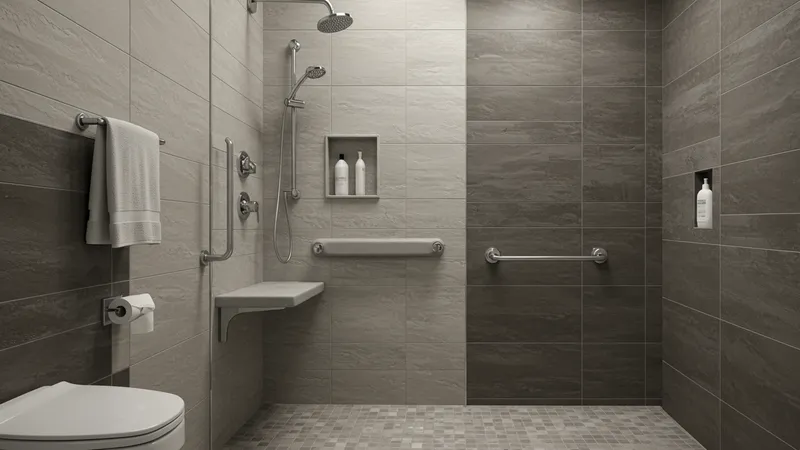
Design And Installation Options For Walk-In Showers
Safety, Accessibility, and Regulatory Aspects of Walk-In Showers in the United States
Safety is a primary focus for many Americans updating their bathrooms with walk-in showers. Barrier-free entries provided by solutions like the Delta Faucet MultiChoice Universal Shower System and DreamLine Enigma-X allow for easy access, making them especially beneficial for multi-generational households and those with mobility limitations. Compliance with Americans with Disabilities Act (ADA) guidelines is increasingly sought as aging-in-place remodels become more common across the country.

Slip-resistant tiles, such as FloorScore Certified products, are recommended by many U.S. building codes for bathrooms used by seniors or individuals with disabilities. These surfaces reduce accident rates and are available in a wide array of colors and textures to match individual aesthetics, clearly reflecting the American emphasis on safety without sacrificing design.
U.S. regulations demand strict waterproofing and drainage compliance for all walk-in shower installations. Systems like Laticrete HYDRO BAN and Schluter Kerdi have earned trust among American installers for their proven track record with local inspectors. Ensuring the correct slope and drain placement is a commonly cited challenge but is solvable using these specialized solutions.
Accessible design is not just about entry width or curbless bases—it also includes adaptability, as seen in products like the Moen Inovato Handheld Shower Set. Features that can be easily repositioned or adjusted cater to a broader range of users, aligning with best practices recommended by U.S. accessibility consultants and the National Kitchen & Bath Association (NKBA).